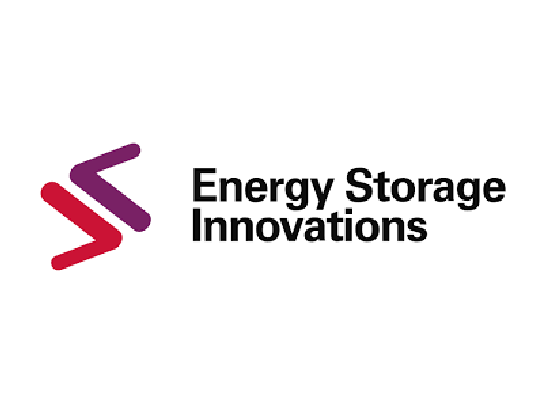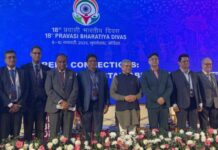BOSTON OCTOBER 29, 2018 : Boston-based Nanoramic Laboratories, a leader in advanced materials and energy storage technology, will participate in IDTechEx Energy Storage Innovations in Santa Clara, CA on November 14-15, 2018. The Nanoramic team will exhibit at Booth 036, and present a talk on November 15.
John Cooley, President and COO, and Nicolo Brambilla, CTO, will be available at the booth to show Nanoramic’s products and answer questions on the technology. The company will be showcasing Advanced Material technology, including high performance thermal interface materials with high thermal conductivity, and a composite electrode for ultracapacitors specifically designed for low ESR and to operate at high temperatures. Additionally, Nanoramic will show samples of their ultracapacitor technology. The Chip Ultracapacitor is the first reflowable, slim profile, and low ESR device that fits energy storage requirements for power loss protection in SSDs. Nanoramic’s FastCAP extreme environment ultracapacitors are the only hermetically sealed ultracapacitors capable of high temperature (>125°C) and low temperature (< -55°C) operation.
On November 15 at 9:20am in Grand Ballroom B, John Cooley will present “Advanced Electrodes for High Performance Ultracapacitors and Batteries.” He will discuss enabling materials for energy storage devices including binderless electrodes and applications. Energy storage electrodes are often limited in their electrochemical stability and electrical performance by polymer binders used in the active material and to adhere the active material to the current collector. Capacitance and ESR suffer because there is a portion of the active material that is not actually active. Meanwhile lifetime at temperature and voltage can suffer as the binder material interacts with the internal electrochemical system of the energy storage device. Nanoramic has developed an alternate solution – a binderless electrode platform technology that effectively replaces polymer binders and primers with various forms and methods exploiting mechanical and electrical properties of Carbon Nanotubes. Results have been demonstrated for both EDLC electrodes and Li-ion Cathodes.
For more information, visit http://www.nanoramic.com.














Comments are closed.